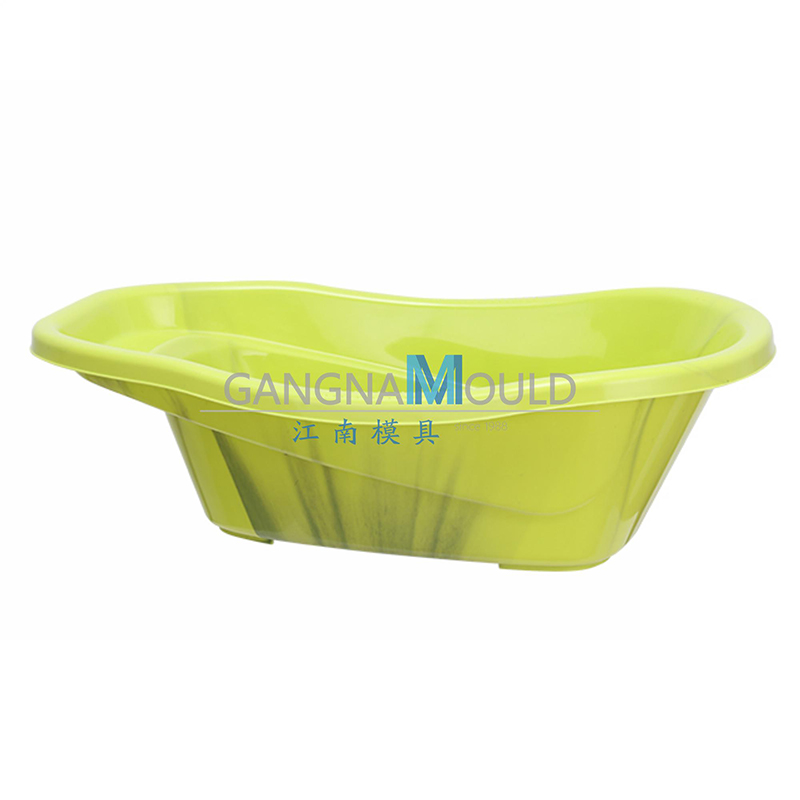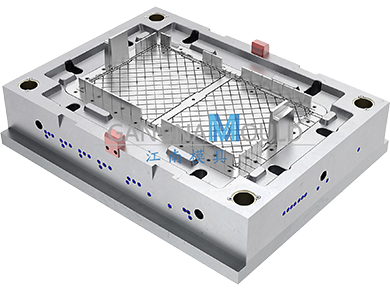Bathroom Mould Manufacturing and Technical Insights
The term Bathroom Mould opens this discussion. Moulds used for bathroom accessories, shower trays, sinks, toilet seat covers, and storage solutions are essential for modern construction and home renovation. Factories producing these moulds face increasing demand for durable, precise, and cost-effective solutions. Advanced tooling, material selection, and innovative design practices have become key strategies for reliable and consistent results.

Bathroom Mould Production and Cost Metrics
Production of bathroom moulds requires careful management of tooling cost, cycle time, and cavity design. Multi-cavity moulds allow higher-volume production and lower per-unit cost, but initial investment and setup time increase. Factories typically use high-quality resins such as polypropylene (PP), acrylonitrile butadiene styrene (ABS), or polycarbonate (PC) for toughness, water resistance, and aesthetic performance. Compared to general household moulds, bathroom moulds must ensure structural integrity, dimensional accuracy, and surface finish suitable for daily water contact and hygiene standards.
Bathroom Mould Materials and Design Innovations
Material and design choices significantly influence mould efficiency and product quality. Modern factories apply precision machining and computer-aided design tools to create mould cavities with consistent wall thickness and optimized flow channels. Modular inserts allow a single mould to produce multiple product variants, such as different sink sizes or shower tray models, reducing tooling cost and improving flexibility. Surface texturing techniques enhance slip resistance or provide anti-bacterial properties, adding functional value to bathroom products. These innovations help factories improve throughput, reduce defects, and maintain uniform quality across large production runs.
Bathroom Mould Versus Other Mould Segments
When compared to packaging or automotive interior moulds, bathroom moulds present unique challenges. They require higher finish standards, thicker walls, and corrosion-resistant tool steel to withstand prolonged water exposure. While packaging moulds prioritise ultra-fast cycles and minimal material, bathroom moulds focus on durability, safety, and long-term performance. Factories producing bathroom moulds must balance production speed and quality while ensuring consistent compliance with hygiene and safety expectations. Enhanced calibration, tool maintenance, and material consistency are essential for competitive performance.
Bathroom Mould Factory Operational Challenges and Solutions
Factories face operational challenges, including material supply consistency, lead-time management, cooling optimization, and scrap rate reduction. Precise design for nesting and stacking, combined with durable mould materials, reduces warping and maintains uniformity across repeated cycles. Sustainable materials and recycled plastics are increasingly integrated into production, addressing environmental concerns without compromising performance. These strategies support higher efficiency, lower costs, and consistent product quality.
Bathroom Mould Market Opportunities
Market demand for bathroom moulds continues to expand as construction and renovation projects grow worldwide. Factories that focus on innovative design, precision tooling, and efficient production processes can achieve a competitive edge. Modular and multi-cavity moulds, optimized material use, and high-quality finishes improve profitability and operational performance. Production insights, cycle optimization, and defect reduction provide measurable benefits in factory throughput and product reliability.
Conclusion
The Bathroom Mould sector offers substantial opportunities for manufacturers aiming to deliver high-quality bathroom accessories, sinks, and shower trays. Factories that prioritize design precision, material selection, tooling efficiency, and production optimization can meet rising demand while maintaining competitive advantage. In addition, adopting advanced monitoring systems, predictive maintenance, and automated quality inspections further enhances productivity, reduces waste, and ensures consistent product performance across all batches. Such strategies allow manufacturers to respond effectively to market fluctuations, customer preferences, and evolving standards in hygiene and durability, securing long-term growth and operational excellence.



 English
English русский
русский Español
Español Français
Français عربى
عربى 简体中文
简体中文




